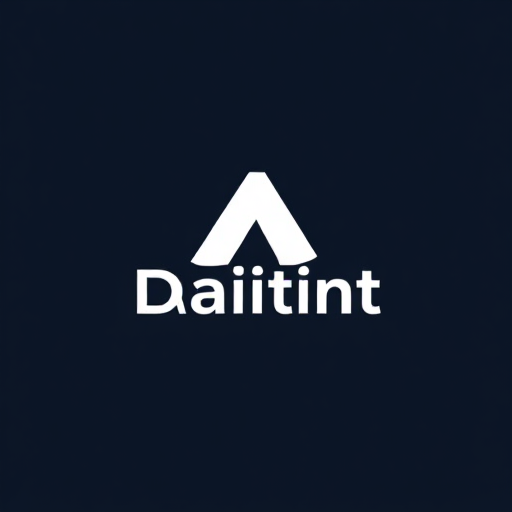Blogging vs. Instagram: Which One Is Better For Earning Money?
In the world of online content creation, blogging and Instagram both offer unique opportunities to make money. Each platform has its strengths and appeals to different kinds of audiences, but which one is more profitable? Let’s dive into a comparison of blogging versus Instagram and see how these two platforms stack up in terms of earning potential.
How to Earn Money Online – The Ultimate Guide to Financial Freedom!
1. Monetization Methods
Blogging: Bloggers have several monetization options that allow them to generate income through their websites:
- Affiliate Marketing: Bloggers can promote third-party products or services via affiliate links. When their readers click on the links and make a purchase, the blogger earns a commission. This is one of the most common and profitable ways to make money from a blog.
- Sponsored Posts: Brands often pay bloggers to write about their products or services. Sponsored content can generate significant revenue, especially if the blog has a dedicated, niche audience.
- Ad Revenue: Blogs can display ads through platforms like Google AdSense, earning money based on impressions or clicks. Blogs with higher traffic can earn significant income from ad revenue.
- Selling Products or Services: Bloggers often sell their own digital products, such as eBooks, online courses, and merchandise, directly to their audience.
Find Out How To Make Money As A Full-Time Writer/Blogger Guide
Instagram: Instagram, being a visual-first platform, offers a slightly different range of monetization options:
- Sponsored Posts and Brand Deals: Influencers on Instagram can collaborate with brands to create sponsored content. In exchange for promoting products or services to their followers, influencers can earn significant sums. The more followers and engagement, the higher the earning potential.
- Affiliate Marketing: Like blogging, Instagrammers can use affiliate links to promote products. Instagram’s “swipe-up” feature (or link in bio) allows users to easily share affiliate links with their followers, earning a commission on sales made through those links.
- Instagram Ads: Once a user reaches a certain number of followers (typically 10,000 or more), they can use Instagram’s built-in ad platform to run their own ads and generate income through targeted advertising.
- Product Sales: Instagram’s shopping feature enables influencers and businesses to sell products directly through the platform. This can be highly profitable for influencers who have a personal brand and merchandise or products to sell.
How to Earn Money Online – The Ultimate Guide to Financial Freedom!
2. Audience Engagement and Reach
Blogging: Blogging generally attracts an audience that is interested in in-depth, informative content. Readers tend to stay on a blog longer, reading articles, exploring other pages, and engaging with the content. This long engagement time allows for better conversion rates when promoting affiliate products or selling services.
However, building a dedicated readership takes time, especially in competitive niches. SEO (Search Engine Optimization) is crucial for driving traffic to blogs, but it requires consistent effort and expertise to rank well in search engines.
Instagram: Instagram is a highly visual platform that appeals to users looking for quick, engaging content. With Instagram’s algorithm prioritizing posts with high engagement, it’s easier for influencers to reach a broader audience in a short amount of time. With features like Stories, Reels, and IGTV, Instagram allows creators to connect with followers through multiple types of content.
Instagram’s audience tends to be more spontaneous, and people often engage with content via likes, comments, or shares. This means that it’s easier to gain immediate feedback on posts, but the level of engagement might be less sustained than the time spent on blogs.
3. Time Investment and Content Creation
Blogging: Blogging requires more time and effort when it comes to content creation. Each blog post typically takes longer to research, write, edit, and publish. Additionally, optimizing content for search engines and promoting the blog through various channels (such as social media and email newsletters) adds to the time commitment.
However, once a blog post is live and ranked on Google, it can continue to generate traffic and income for years to come, which makes it a more passive income source over time.
Instagram: Instagram requires less time for creating individual posts, as photos or short videos can often be produced more quickly. However, building a successful Instagram account requires constant content creation. Instagrammers are expected to post regularly, whether it’s daily or a few times a week, to maintain visibility and engagement.
Additionally, managing multiple content formats, such as Stories, Reels, and regular feed posts, can become time-consuming, especially when trying to maintain a consistent and engaging presence.
How to Earn Money Online – The Ultimate Guide to Financial Freedom!
4. Startup Costs and Equipment
Blogging: Starting a blog typically requires a lower initial investment. Basic costs include purchasing a domain name, web hosting, and possibly a website theme. The cost of starting a blog can range from $50 to $200, depending on the platform and the features you choose.
That said, to make your blog stand out, you may eventually invest in things like high-quality content writing, SEO tools, or paid advertisements.
Instagram: Instagram doesn’t require much upfront financial investment. All you need is a smartphone and a good camera. However, as your account grows, you might want to invest in better equipment, such as a professional camera, lighting kits, or video editing software to elevate your content.
Another cost to consider is investing in sponsored content or advertising to grow your account, especially if you’re aiming for fast growth and high engagement.
5. Which Is More Profitable?
Both blogging and Instagram can be incredibly profitable, but it all comes down to the type of content you create, your audience, and how you monetize your platform.
- Blogging might be a better fit if you prefer long-form content, want to generate passive income through SEO, and are interested in affiliate marketing or selling digital products. It requires consistent effort to build an audience and rank on search engines, but the potential for long-term income is significant.
- Instagram can be more profitable if you’re comfortable creating visual content, building a personal brand, and want to quickly connect with an audience. With a large following, Instagram can provide lucrative brand deals and direct sales through affiliate links and product promotions. However, the income from Instagram may be more dependent on the influencer’s visibility and engagement, making it more competitive.
How to Earn Money Online – The Ultimate Guide to Financial Freedom!
In the end, the platform that’s more profitable for you depends on your skills, preferences, and goals. Many successful content creators use both blogging and Instagram together, leveraging each platform’s strengths to maximize their income. If done right, both can offer lucrative opportunities for monetization.







